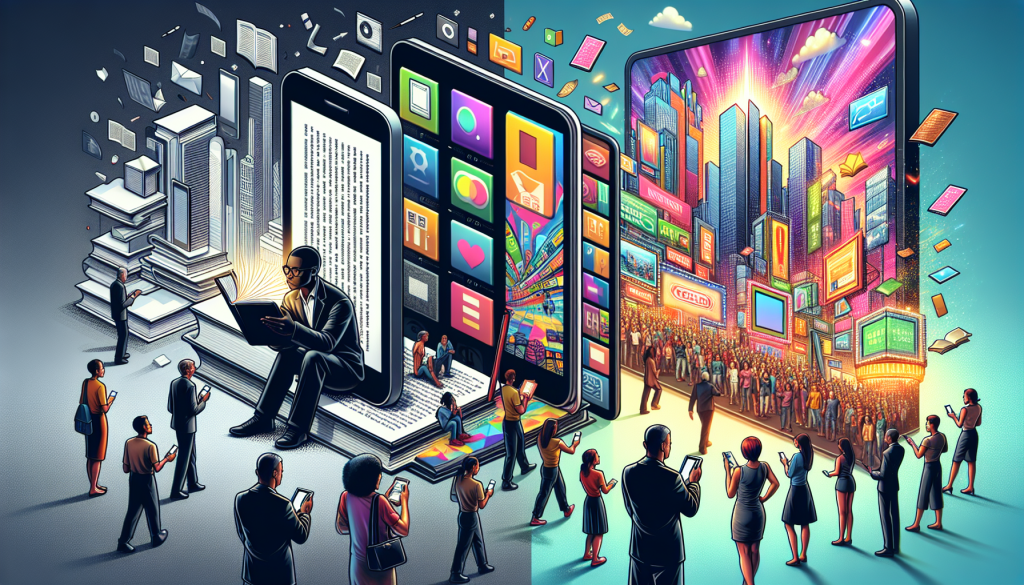
E-Paper Evolution: From E-Books to Electronic Billboards
The world of digital technology is constantly evolving, and one innovation that has captured the attention of both consumers and businesses alike is e-paper. This revolutionary material has made its way into various devices, from e-readers to electronic billboards, and has transformed the way we consume content. So, let’s take a closer look at the evolution of e-paper and its impact on our lives.
E-paper, also known as electronic paper or e-ink, is a type of electronic display that mimics the appearance of ink on paper. It was first developed in the 1970s, but it wasn’t until the early 2000s that it started gaining popularity with the launch of e-readers like the Amazon Kindle. E-readers were the first devices to utilize e-paper technology, providing users with a reading experience similar to paper books, but with added convenience.
The success of e-readers paved the way for e-paper to expand into other devices, such as smartphones, tablets, and even smartwatches. The ability to display content in a clear and easy-to-read format, coupled with the low power consumption of e-paper, made it a popular choice for these devices. This not only enhanced users’ reading experience but also extended the battery life of their devices.
But the evolution of e-paper didn’t stop there. The most recent and exciting development in this field is the use of e-paper in electronic billboards. Traditional billboards, made of vinyl or paper, require constant maintenance and replacement. However, with e-paper billboards, companies can update their advertisements remotely, saving time and money. These electronic billboards also have the added benefit of being more environmentally friendly, as they eliminate the need for printing materials.
Moreover, with the rise of smart cities, e-paper billboards are being used for informational purposes, such as displaying bus schedules or emergency alerts. This further showcases the versatility and potential of e-paper technology.
It’s not just businesses that are benefiting from e-paper. The use of e-paper in education has also seen a significant increase in recent years. With textbooks being heavy and expensive, many schools and universities are turning to e-books, which can be downloaded onto e-readers, tablets, or smartphones. Not only do e-books reduce the strain on students’ backs, but they also save resources and are more cost-effective.
In addition to being used in e-books, e-paper is also being integrated into teaching tools and educational materials. For example, some schools have started using e-paper smart notebooks, which allow students to write and save their notes digitally. This not only reduces the need for paper but also makes studying more organized and convenient.
In conclusion, e-paper has come a long way since its development in the 1970s. From e-books to electronic billboards, it has made its mark in various aspects of our lives, revolutionizing the way we consume and interact with content. And with ongoing advancements, we can only imagine what the future holds for e-paper technology.
E-paper has undoubtedly made a significant impact on the world of technology, and its potential is far from being fully realized. With its ability to provide a natural and comfortable reading experience, coupled with its low power consumption and versatility, it is no surprise that e-paper is gaining more and more traction in the digital world. So, whether you’re curling up with an e-book or walking past an electronic billboard, you can appreciate the evolution of e-paper and its contribution to our modern way of life.
